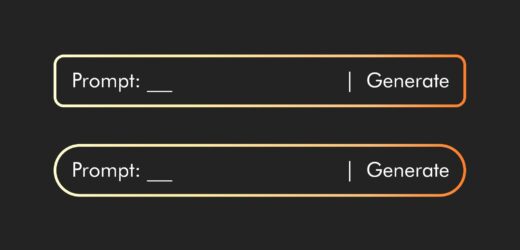Scenario 1: You are in your office, preparing to grade final papers. Students were required to submit them through the campus learning management system (LMS). Upon review of LMS activity, you find that several students failed to submit their papers by the due date. You email those students to request paper submissions. A student responds to your email, stating that she attempted to submit her paper but could not and now cannot access the LMS. Another student claims he did not know an assignment was due, and yet another says she could not locate the assignment information.
Using Technology to Avert Student Problems in Online Courses

Related Articles
I have two loves: teaching and learning. Although I love them for different reasons, I’ve been passionate about...
Active learning is a mostly meaningless educational buzzword. It’s a feel-good, intuitively popular term that indicates concern for...
Perhaps the earliest introduction a student has with a course is the syllabus as it’s generally the first...
Generative AI allows instructors to create interactive, self-directed review activities for their courses. The beauty of these activities...
I’ve often felt that a teacher’s life is suspended, Janus-like, between past experiences and future hopes; it’s only...
I teach first-year writing at a small liberal arts college, and on the first day of class, I...
Proponents of rubrics champion them as a means of ensuring consistency in grading, not only between students within...








